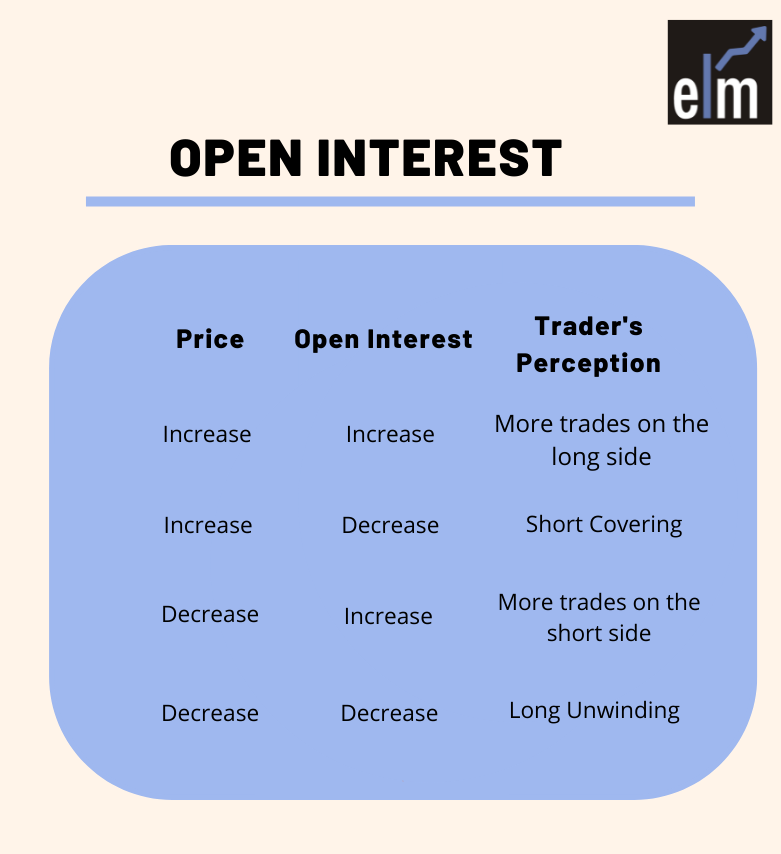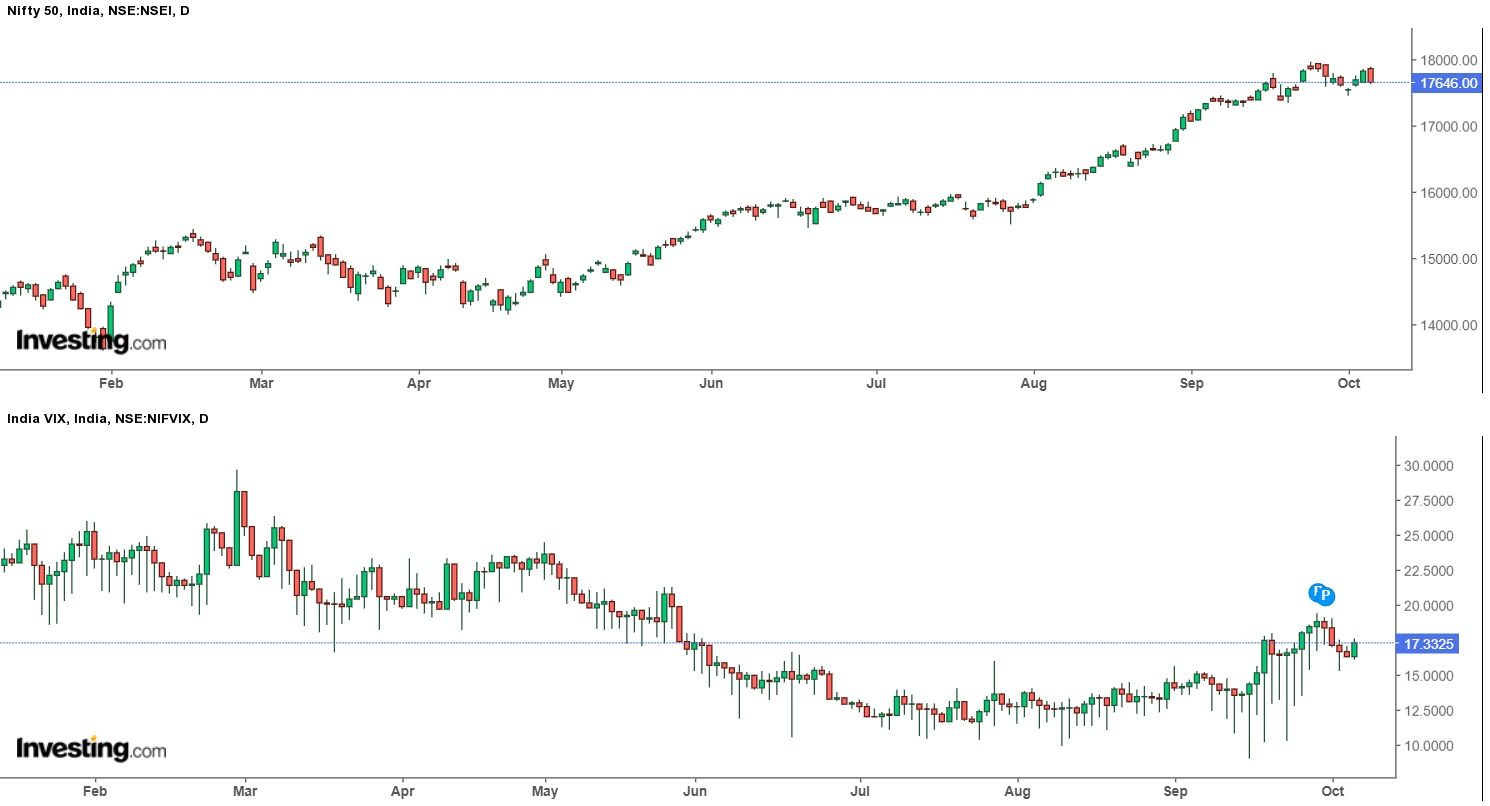Whaat? There is something called a sentiment indicator that is used in the derivatives market? Have you heard about these types of indicators before? Confused? Well, let me tell you that it exists and helps you gauge the sentiments in the derivatives market. But if you do not know what this indicator does, then you are reading the right article to understand the same.
Sentiment indicators tell us how bullish or bearish market forces are and what they are thinking or feeling, which help us in forecasting the behaviour of traders in the stock market. When sentiment readings are extremely high or low, we should act in a contrarian way. For example, when investors are extremely bearish, we should take this as a contrary signal as it indicates that market prices could start reversing and may start heading higher soon.
Even in the derivatives market, we have sentiment indicators that help us in analyzing the behaviour of the option traders. Put-Call Ratio, Open Interest and Vix are some of the sentiment indicators that help us in understanding what the option traders are thinking or feeling about the future trend.
So I will be discussing the 3 Sentiment Indicators that Traders should know when trading in the Derivatives Market:
Types of Sentiment Indicators in the Derivatives Market
1. Put-Call Ratio
The put-call ratio is one such market sentiment indicator used in the derivatives market. A ‘Put’ contract is the one where we agree to sell an underlying asset in the future, on the other hand, a ‘Call’ contract is the one where we agree to buy an underlying asset in the future at a fixed rate.
The put-call ratio is measured by dividing the number of put contracts in the derivatives market by the total quantity of call contracts. One should note that the Higher the number, the greater are the chances of selling in the future that may lead to a fall in stock prices. If you are not familiar with these terms then I would recommend you to do our course on Options Trading.
So, a rising put-call ratio, or a ratio that is greater than .7 or 1, means that traders are buying more puts than calls indicating that bearish sentiment is building in the market. On the other hand, a falling put-call ratio or below .7 and .5 is considered a bullish indicator which means more calls are being bought than puts.
This indicator can also be taken as a contrarian indicator. Contrarian traders use the put-call ratio for determining when traders are getting overly bullish or too bearish. So, an extremely high put-call ratio means that the market is extremely bearish. To a contrarian trader, that can be a bullish signal as it indicates that the market is extremely bearish and may reverse. On the other hand, an extremely low ratio may indicate that the market is extremely bullish and contrarian traders may conclude that the market is too bullish and may reverse to the downside.
2. Open Interest
Open Interest refers to the total number of futures contracts or options that are held by traders at any particular moment. Let me tell you Open interest is known to be one of the best sentiment indicators and also for understanding the reliability of the price movements.
So let me first explain how the open interest in the market is formed. There must be a buyer for every seller and vice-versa to make up an open interest contract. So, when buyers and sellers enter one new position, then open interest is increased and when the same buyer and seller decrease their position then open interest is reduced.
Open interest increasing means fresh money is flowing into the market and a decrease in open interest suggest money outflow from the market. Buyers move the market up by investing fresh cash into the market while the seller does the opposite. Open Interest increases when the fresh contract exchanges hands.
Below is the table that will help you in understanding how the change in open interest indicates the future direction of the index or stocks:

You can read more about Derivatives from our ELM School Module
3. Vix
Vix is again an important sentiment indicator as it gauges fear, uncertainty and volatility in the stock market. We all know that the stock market is known for its volatility.
When the volatility is high, it means there will be a greater change in stock prices. The volatility of the National Stock Exchange is measured by the VIX India index which is calculated based on the prices of Nifty Options contracts in the derivatives market.
This indicator is also called the fear gauge because when the VIX shoots up, it indicates an increase in risk. Generally, a rise in the VIX indicates a fall in the market which we can be seen from the chart below:

Bottomline
When trading in the derivatives market, it is important to know what are the traders’ behaviour. Sentiment indicators as discussed above are When trading in the derivatives market, sentiment indicators discussed above are useful as they show how traders have positioned themselves or what their current beliefs are about that stock or index. But one should note that sentiment indicators should be used in conjunction with other technical indicators. I hope that you found this blog informative and use the information to its max potential in the practical world. Show some love by sharing this blog with your family and friends and help us in our mission of spreading financial literacy.
For stock related queries visit web.stockedge.com
Happy Investing!







Nicely explain ed, thanks.
Hi,
We really appreciated that you liked our blog.
Keep Reading!
I really enjoy reading these articles alot.quite informative for beginners and you are doing a great job. Keep it up..
Hi,
We really appreciated that you liked our blog.
Keep Reading!
Thank you for making difficult concepts understandable in your articles. Investing in F & O can be scary, but with your help in simplifying difficult concepts, it is now possible to invest in F & O.
Hi,
We really appreciated that you liked our blog! Thank you for your feedback!
Keep Reading!
Thank you for making difficult concepts understandable in your articles. Investing in F & O can be scary, but with your help in simplifying difficult concepts, it is now possible to invest in F & O.
Hi,
We really appreciated that you liked our blog! Thank you for your feedback!
Keep Reading!